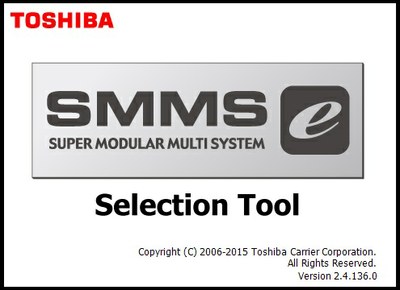SMACNA first published a procedure for leakage testing of so-called medium and high pressure ductwork
since January 1965. It appeared in Chapter I 0 of the high velocity (later high pressure) construction standards and
in Chapter 8 of the "Balancing and Adjustment ofAir Distribution Systems Mamwf' of 1967 vintage. In the 1970's
energy conservation measures led to a decline in the usc of truly high pressure commercial HVAC systems. Now,
greater concern with the amount of leakage in systems ofless pressure has evolved from the efforts of reducing carbon
via energy saving strategies.
New research in the leakage rates of sealed and unsealed ductwork has disclosed a need for a better method of evaluating duct leakage. European countries introduced an evaluation approach using the surface area of the duct and the
pressure in the duct as the basic parameters. SMACNA concluded that this approach is far superior to the arbitrary
assignment of a percentage offan flow rate as a leakage criteria. The surface area basis highlights the effect of system
size and is now one of the primary factors ofSMACNA duct leakage classifications.
Leakage testing on job sites disrupts productivity and is costly. Only recently has industry begun to recognize the
extent of leakage of any in-line equipment. Designers must account for equipment leakage separately from duct
leakage allowances as they evaluate system leakage. SMACNA encourages designers to specify equipment leakage
control and to rely on prescriptive sealing of ductwork as measures that will normally lead to effective control of
leakage without the need for extensive leakage testing. Non-Ducted Under Floor Air Distribution (UFAD) systems
present a unique set of circumstances that make leakage testing a very time consuming process not fully covered in
this standard. Further infonnation on this topic can be found in the commentary of this manual.
Application of the information and guidance herein should facilitate design, improve system perfon11ance and reduce
the difficulty of testing and balancing newly installed systems. SMACN A expresses appreciation to all of those whose
knowledge and effort led to the introduction of this new publication.
Click Here To: Download








